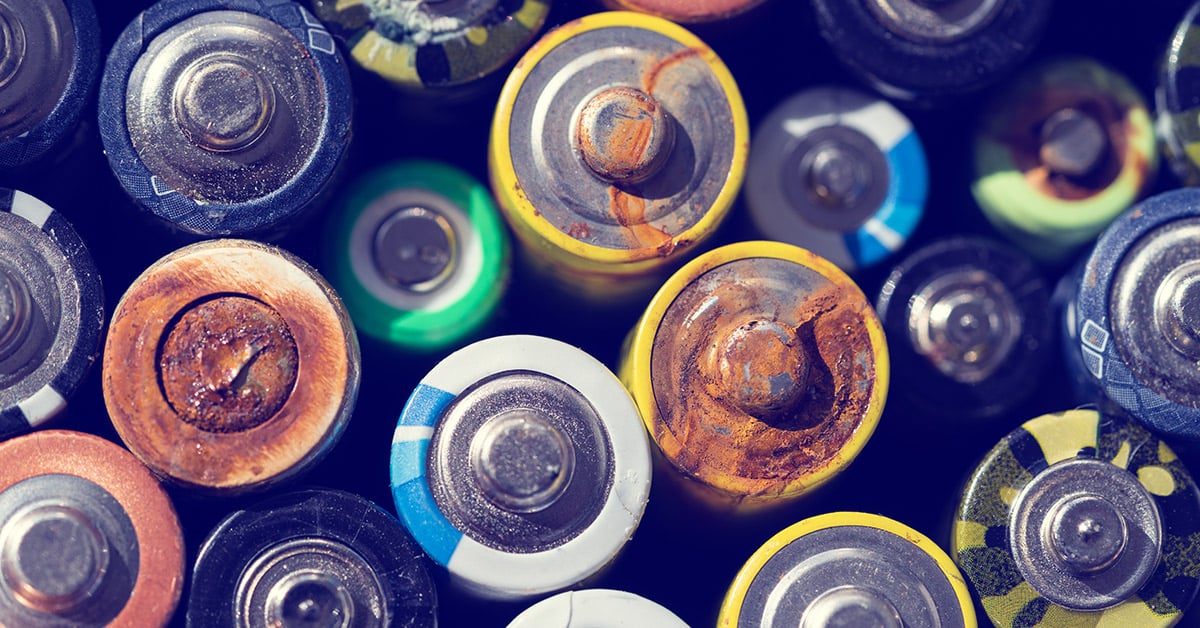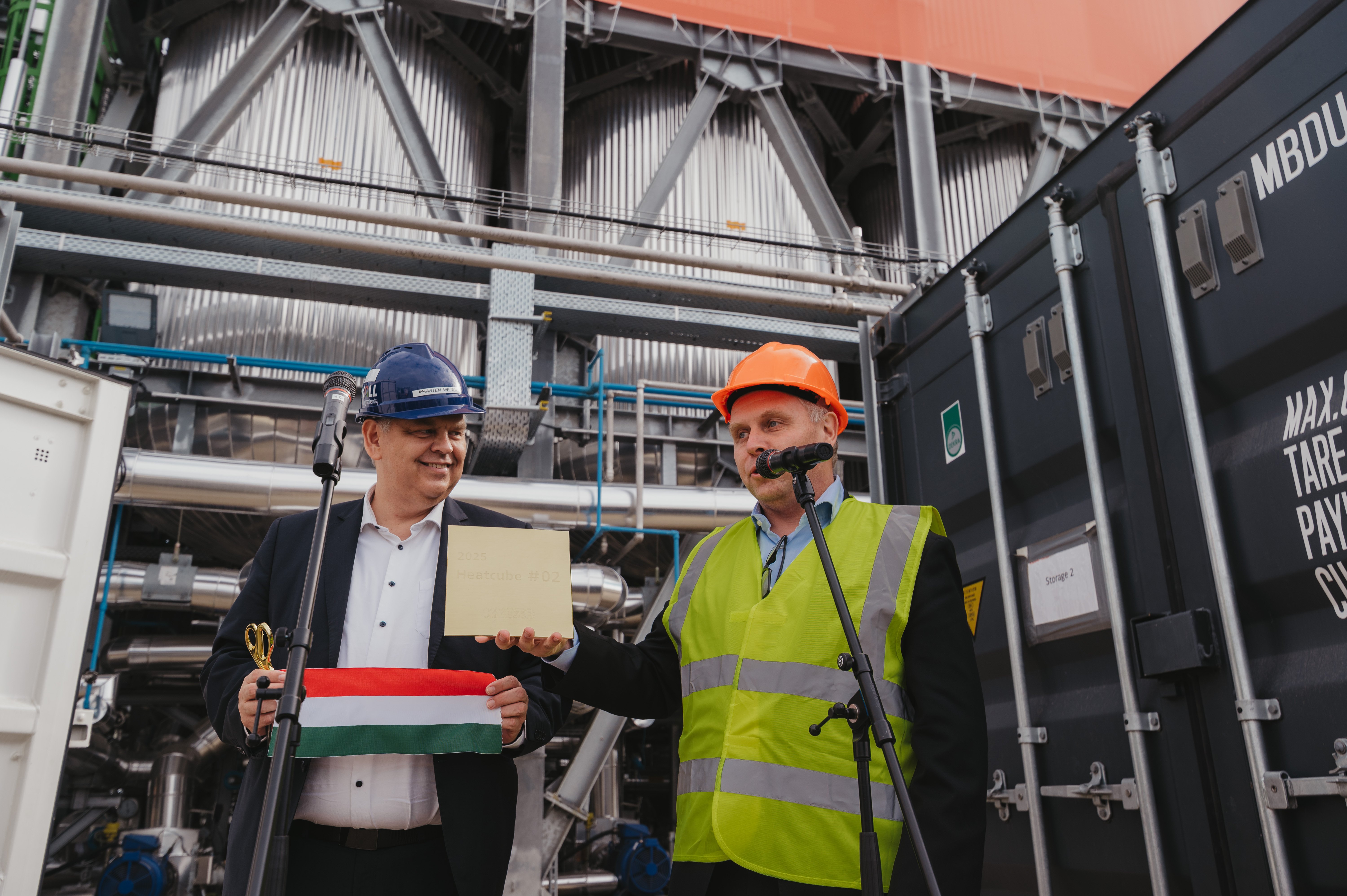Six reasons to prefer one over the other and one factor determines the right technology for you. Find out which!
Not if, but when you stop burning fossil fuels for industrial production, you will find batteries a necessity! Without it, your production would be ruled by the weather, as if factories were ships at sea. More importantly, energy storage is what enables electrified industries to buy energy at the lowest possible price point. Whenever demand is low or it’s blowing a gale through wind farms. The question is, which storage technology should you use? The answer: one that outputs energy in the form you most need it at the lowest possible investment and operational cost. So, which storage technology is that? Electric lithium-ion or thermal storage?
The word battery does not equal electricity
Most people think of batteries as stored electricity. However, in the world of renewable energy, a battery is any energy storage able to do the job of:
-
Stabilizing energy from the wind and sun, converting it to a constant output. Making it, what the industry calls “firm”.
-
Balancing the grid by offsetting peak loads.
-
Letting the end user decide when to charge or discharge the energy. This is called “load shifting”.
Now, there are many technologies that can store energy in various forms. Two of those, Lithium-ion and thermal batteries, have overlapping functionality, but which should you choose?
Three ways a lithium-ion battery is good
Lithium-ion is an extremely versatile technology found in gadgets we use every day, as well as industrially sized power installations and cars. All of which combine three different benefits specific to lithium-ion in addition to just storing energy.
In simple terms, lithium-ion batteries are most useful when you need:
-
An energy dense source suitable for transport, storage and gadgets.
-
Instant output. Like putting pedal to the metal in your car, or balancing fluctuations on the electrical grid from one second to the next.
-
To charge your battery quickly, as it can receive a large charge in a short period of time. So their performance is better for short-term storage (less than eight hours before discharge)
These are some features we benefit from every day. But for a large part of industry they are either too expensive, require too much space, represent an overkill in functionality, or unnecessary for the most common end use.
Furthermore, extracting raw materials for the production of lithium-ion batteries requires a lot of resources. And although we are not currently running out, estimated global reserves will only supply some of the future demand for storage capacity. In addition, recycling the materials used is complex and costs more than mining them to begin with. Although some or all of these issues may be resolved in the future, at present, lithium-ion remains an expensive proposition for industrial application.
You might say, so what? The energy transition is not cheap either way. The problem is we need storage on an industrial scale, to supply industry with alternatives to fossil fuels, in order to stop global warming. And we need them now, not in a decade or two. Expensive and complex solutions may be very capable, but adoption of new solutions should - for the sake of speed - be closely adapted to end use, inexpensive, and use materials readily available with few requirements for safe disposal.
If you need heat, you don’t have to pay extra to store electricity
As much as half of the energy needed in the world is used to make heat. This is why you should care about thermal batteries, as much or more than electrical batteries.
In practical terms, our enormous need for heat means that whatever shape or form of the initial power source was - gas, coal, nuclear or electric, the end use is still heat. It’s the energy transitions “best kept secret” and a staple of the modern world. Chances are, if you are holding a man made product in your hands, heat went into the process of making it. We are talking about industries within paper and pulp, food, mining, metal, iron, chemical, medical, basically all industries need heat at different temperatures. When they need heat, that is what they should generate and store, not electricity. For those industries, thermal storage is good news. And if this is you, it means your storage solution is much cheaper to buy and operate.
Industrial scale thermal batteries are ready now, without waiting a decade for the price to go down.
So why is it cheaper? What a thermal battery does is much less complex than holding an electrical charge. It just heats a liquid. In our case molten salt. You need a heat source, an exchanger and somewhere to store the tank. Although some solutions use porcelain or cement, instead of molten salt, the principle is the same. Like a kettle on your stove at home, liquid is heated. In a thermal battery, however, molten salt can store temperatures of up to about 500 degrees Celsius. And it does so at 90% efficiency.
Six benefits a thermal battery is good for end users of heat
Compared to lithium-ion batteries.
1. Lower investment cost for thermal storage (CAPEX)
Thermal batteries are in essence a simpler technology that require no resources in high demand like lithium cobalt oxide or lithium iron phosphate that is used in many lithium-ion batteries. Furthermore, thermal batteries do not require the use of expensive equipment or processes such as solvent extraction or cathode coating, which are needed in the production of lithium-ion batteries.
2. Lower operating cost for thermal storage (OPEX)
To make the thermal battery work you won’t need a team of engineers, only operators. A thermal battery runs itself, and basically has a “red button” and a “green button” kind of setup. The whole operation is automatic and simplified.
One would of course need to do inspections of the equipment every day, but nothing will take much time or effort.
Finally, thermal batteries have a longer lifespan than lithium-ion batteries, which means they need to be replaced less frequently. This can also help to reduce overall costs, as replacing batteries can be a significant expense. When all costs are included the levelized cost of storage (LCOS) is much lower for thermal batteries, per kWh, compared to lithium-ion batteries.
3. Thermal storage can unlock (and store) new opportunities
Thermal Energy Storage (TES) enables long-duration storage of heat and the firming of heat from electricity. Heat stored means it is available when you need it. With a secure energy supply, fluctuations in the energy market have less impact, leaving pricing margins safe from political influence.
4. Thermal storage needs less space
Compared to lithium-ion batteries a thermal storage system requires between half or a third of the space as their electrical counterpart.
5. Thermal storage requires no limited resources to make
As the need for electrical batteries increases with decarbonization efforts, the products that go into them are becoming scarcer. Although the world is not presently running out, shortages are likely to develop within the next decade.
6. Thermal batteries speed up the solution to global warming
Precisely because they are less expensive, industries in need of thermal energy will be quicker to adopt this solution. Particularly when comparing thermal energy systems to more expensive alternatives that are yet to be developed fully.
Do you want to know how to implement a thermal storage system, do not hesitate to get in touch with us!



